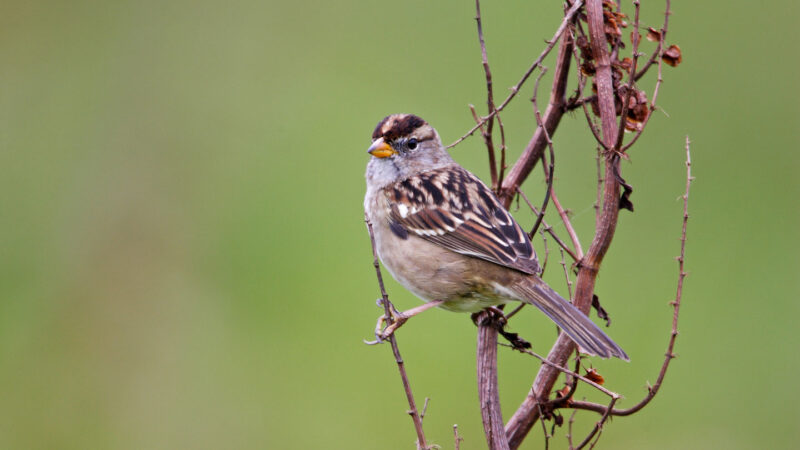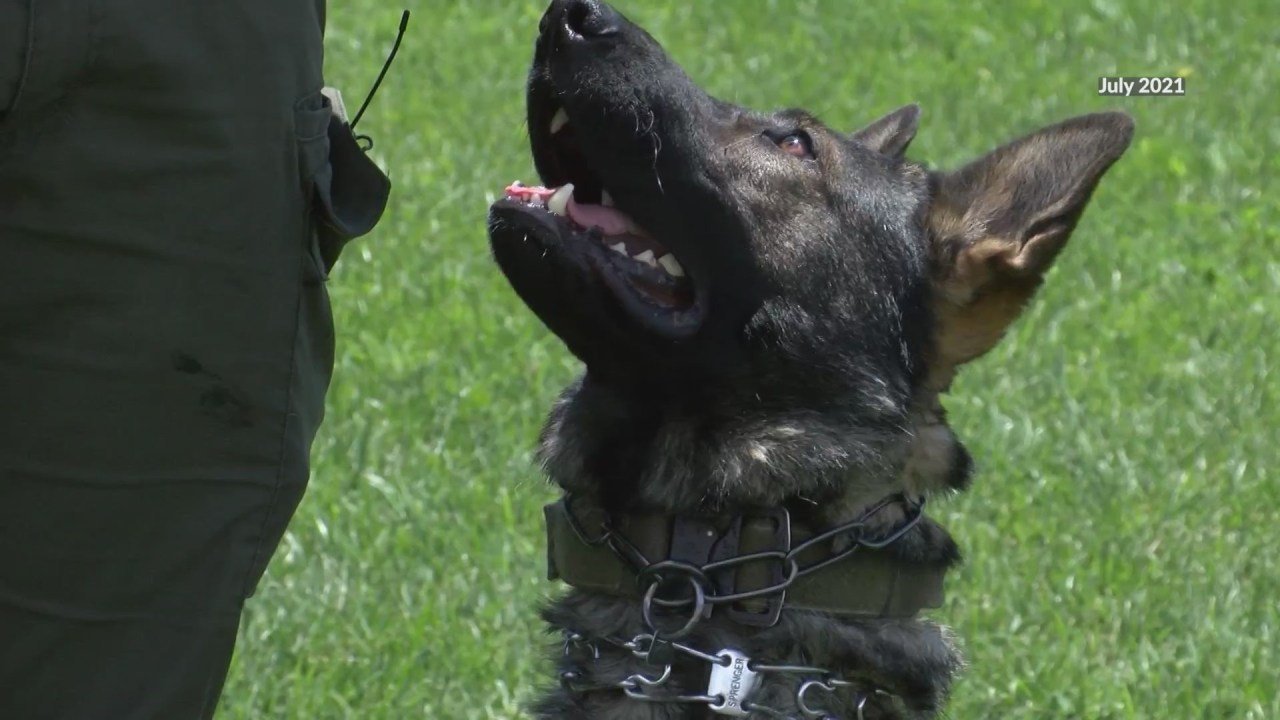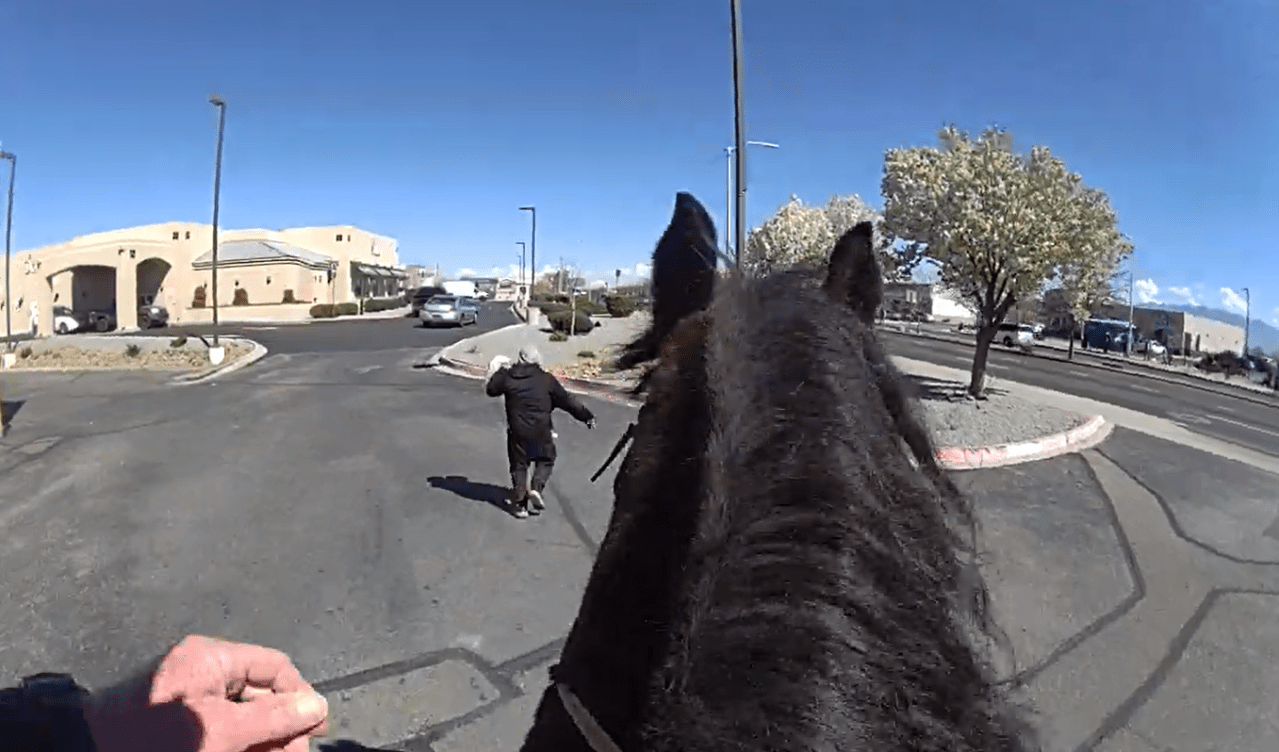
the antenna: (plural: antennae or antennae) in biology: a pair of long, thin sensory appendages on the head of insects, crustaceans, and some other arthropods.
application: a specific use or function of something.
biologist: A scientist involved in the study of living things.
the bird: warm-blooded animals with wings that first appeared during the dinosaurs. Birds are feather-jacketed and hatch from eggs that they deposit in nests of some sort. Most birds fly, but throughout history there have been occasional species that do not.
compass: An instrument that uses magnetic material to indicate the direction of magnetic north.
Information: Data and/or statistics collected together for analysis but not necessarily organized in a way that gives them meaning. For digital data (the type stored by computers), these data are usually numbers stored in a binary code, represented as a string of zeros and ones.
Information: (opposite of information) Learning facts or trends about something or someone, often as a result of studying information.
teenager: Young, sub-adult animal. They are older than “babies” or larvae, but not yet mature enough to be considered adults.
latitude: Distance from the equator is measured in degrees (up to 90). Low latitudes are near the equator; High latitudes are near the poles.
Longitude: The distance (measured in angular degrees) from an imaginary line – called the Prime Meridian – that runs across the Earth’s surface from the North Pole to the South Pole, passing through Greenwich, England.
mammal: A warm-blooded animal distinguished by hair or fur, secretion of milk by females to feed their young, and (usually) birth of live young.
migrate: moving long distances (often across many countries) in search of a new home. (in biology) traveling from one place to another at regular times of the year in search of food or more hospitable conditions (eg better weather). Species that migrate each year are referred to as entities migrant. (in chemistry) the movement of a substance, usually a solid, into a neighboring liquid, such as water.
migration: (v. migrate) to move from one region or habitat to another, especially regularly (and seasonally) or to cope with some driving force (such as climate or war). A person who takes this step is known as a migrant.
migrant: adjective for species that travel long distances each year, along fairly regular routes, to find food or more hospitable conditions (eg better weather). This type of travel is called migration.
navigate: to find one’s way through a landscape using visual cues, sensory information (such as smell), magnetic information (such as an internal compass) or other techniques.
Numerical: What to do with numbers.
Online: (n.) on the Internet. (adj.) A term for anything that can be found or accessed on the Internet.
Radio: refers to radio waves, or devices that receive these transmissions. Radio waves are a part of the electromagnetic spectrum that people often use for long-distance communication. Longer than visible light waves, radio waves are used to transmit radio and television signals. They are also used in radar. Many astronomical objects also radiate some of their energy as radio waves.
the range: the entire amount or distribution of something. For example, the range of a plant or animal is the area where it naturally exists.
Software: Mathematical instructions that direct a computer’s hardware, including its processor, to perform specific operations.
the species: A group of similar organisms capable of producing offspring that can survive and reproduce.
Statistics: The practice or science of collecting and analyzing large quantities of numerical data and interpreting their meaning. Much of this work involves minimizing errors that can be attributed to random variation. A professional who works in this field is called a statistician.
method: A network of parts that work together to achieve some function. For example, blood, vessels, and heart are the primary components of the circulatory system of the human body. Similarly, trains, platforms, tracks, road signals and overpasses are among the possible components of a country’s railway system. System can even be applied to processes or concepts that are part of some procedure or order set of procedures to accomplish a task.
Telemetry: A form of wireless communication in which measurements, such as geographic location, are collected, stored on a device, and then transmitted to a receiver elsewhere.
tool: An object that a person or other animal makes or obtains and then uses for some purpose such as obtaining food, protecting oneself, or for decoration.
unique: something that is not like anything else; The only one of its kind.















